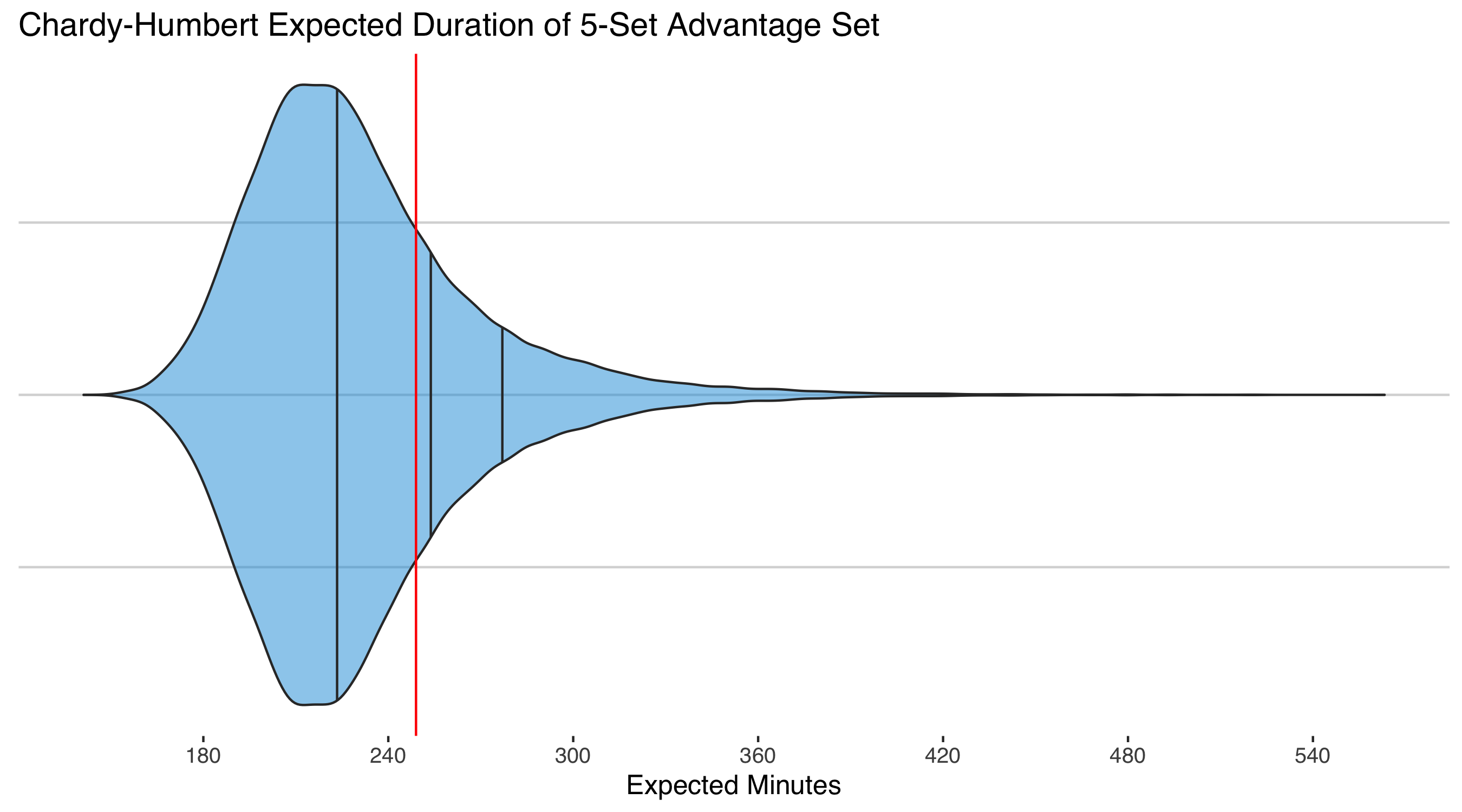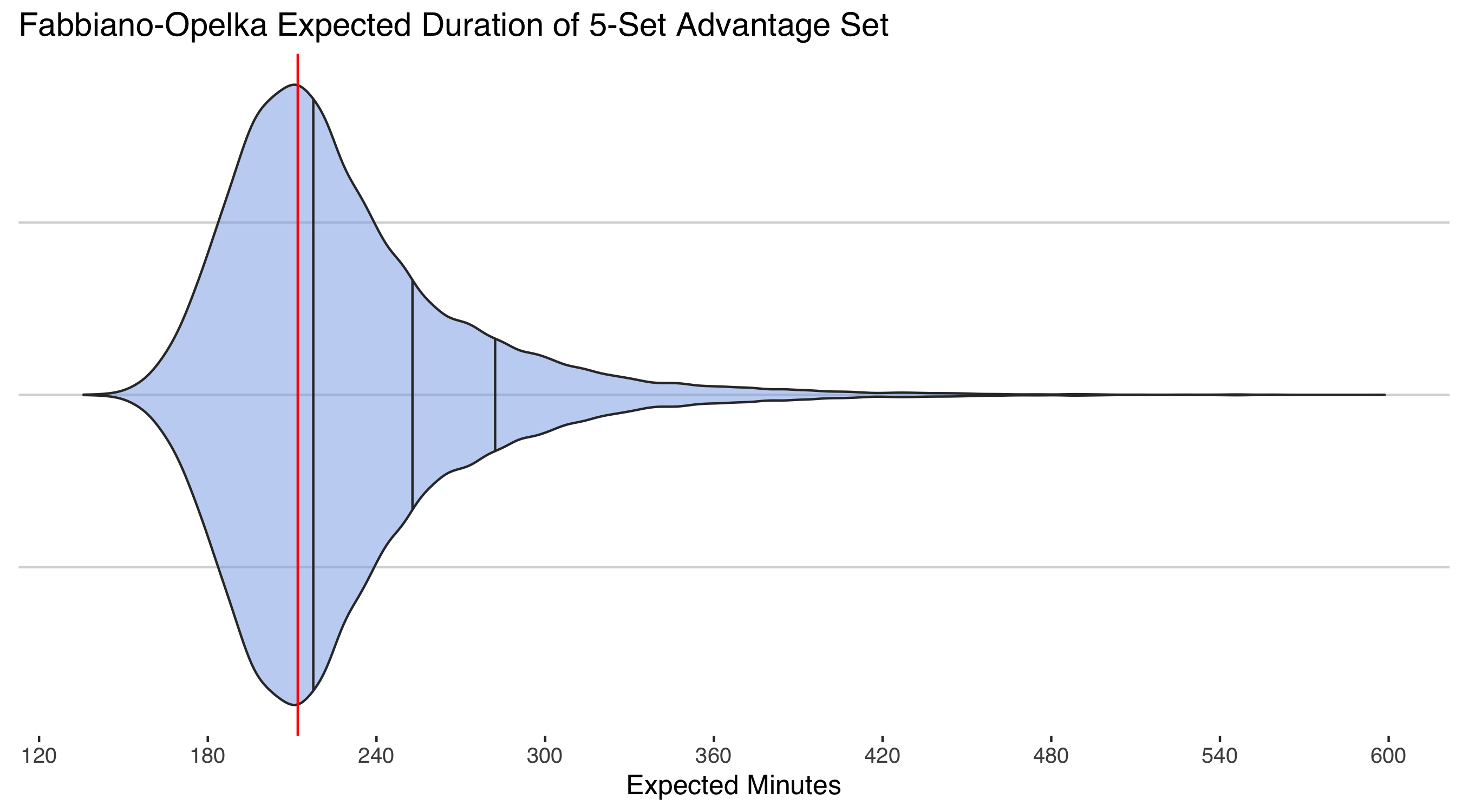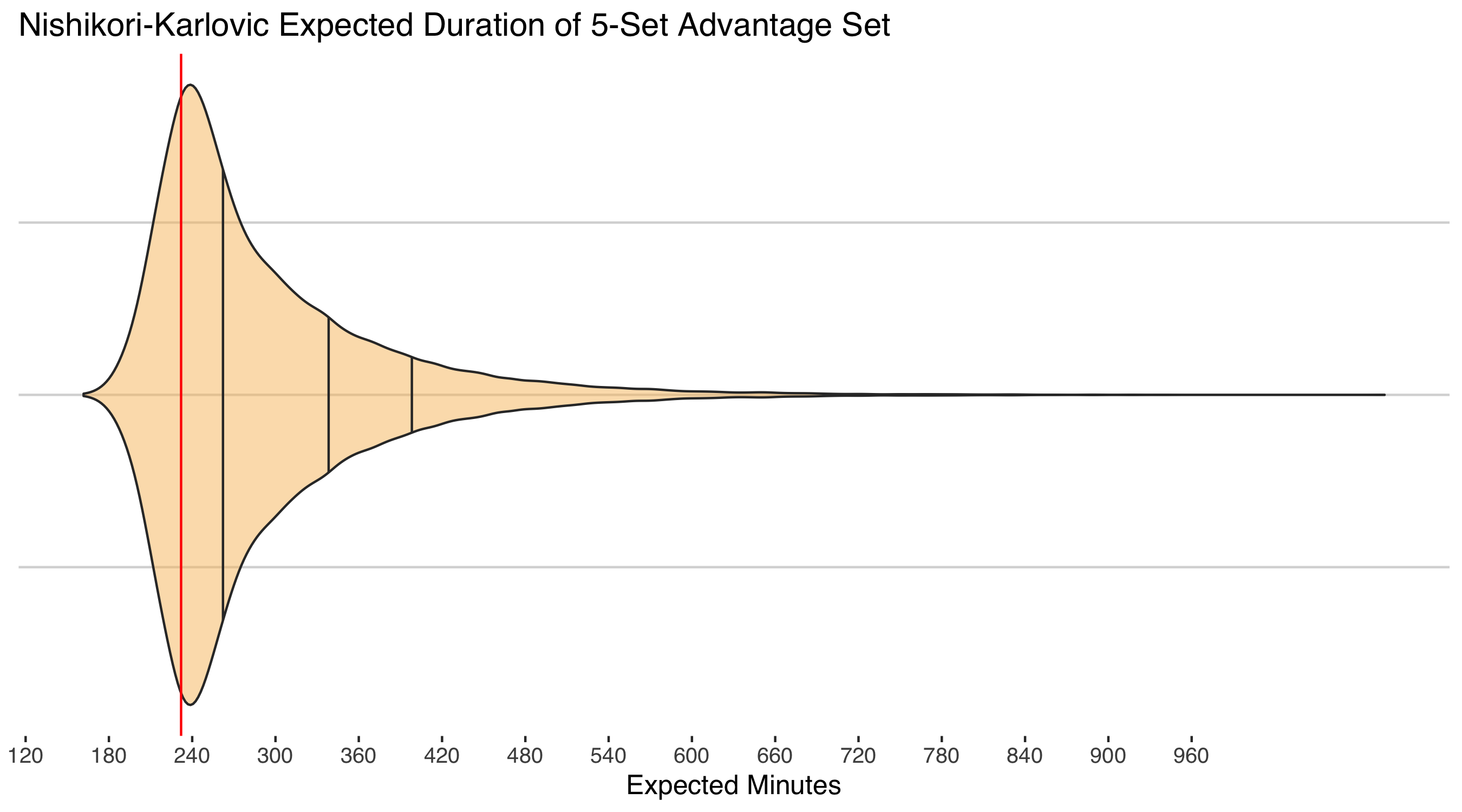Impact of the New Super Tiebreak at the Australian Open
The introduction of a super tiebreak in the deciding set of singles matches was one of a number of changes at the 2019 Australian Open. After two rounds, 3 men’s and 2 women’s matches have already put that rule to the test. What do the outcomes of those matches tell us about the possible impact of the new format?
The 2019 tennis season will see its Grand Slam championships decided by a different format at each event. The US Open–the first to adopt the final set tiebreak–will continue to have a regular tiebreak in deciding sets, the shortest format of any slam. Wimbledon will have its first year of a regular tiebreak at 12-12 in the deciding set. Roland Garros, at this point, is set to be the only slam with an advantage final set.
The Australian Open went to the beat of its own drum this year by adopting a super tiebreak in the deciding set. And two rounds into the event, the format has already been tested in 5 matches, including one where a player seemed unaware of what format was being played1.
Among the slams, it has been the AO where 2 of the 10 longest singles matches outside of Davis Cup competition have taken place: the 2012 Australian Open men’s final between Rafael Nadal and Novak Djokovic, which lasted 5 hours and 53 minutes; and the 2017 first round match between Ivo Karlovic and Horacio Zeballos, which went 5 hours and 22 minutes.
Given those records, both players and fans might wonder whether the new format at the AO will eliminate 5 hour+ matches?
Let’s consider that question in terms of the matches that have already been affected by the format change.
On the men’s side, the first round had just one match reach a super tiebreak. This was the all-French battle between Jeremy Chardy and Ugo Humbert, which ended 10-6 in the 5th set tiebreak after 4 hours and 9 minutes. Two matches followed suit in the next round, when tiebreak-magnet Reilly Opelka went down to Thomas Fabbiano 10-5 in the super tiebreak in just 3 hours and 32 minutes; while Kei Nishikori survived a 3 hour and 52 minute scare from Ivo Karlovic, taking the super tiebreak 10-7.
Would these have lasted even longer with an advantage final set? We expect so, but by how much?
As players like Karlovic and Opelka show, the chance of getting stuck in an interminable back in forth in a tennis match is most likely when you have two players who win a similar and high percentage of points on serve. By the end of their matches, Chardy and Humbert won an average of 68% and 70%, respectively; Opelka and Fabbiano, 70% and 73%; Nishikori and Karlovic, 74% and 78%. All players were playing above the 67% tour average on serve, exactly the conditions to go deep in the 5th.
Putting those serve stats into a match simulator gives us a reasonable estimate of how much longer those matches might have been with the advantage set format.
The chart below shows the results for 5-set matches with the serve stats of Chardy and Humbert. The lines show the median, 80th and 90th percentile, while the red line marks the actual duration the match lasted. This shows us that even with the shorter format, Chardy and Humbert was unusually long, being almost among the top 20% of longest durations expected with an advantage set. Still a good chance that it could have been much worse with 1 in 20 5-setters expected to go to 5 hours or more.

The new format likely made a bigger difference in the Fabbiano-Opelka match, where the actual duration falls right around the median of times expected for a 5-set match with an advantage final set. That means a 50% chance it would have been even longer than it was.

But the biggest impact by far was for Nishikori and Karlovic. Looking at the distribution of durations based on their serve characteristics, we see that Kei can feel lucky for the new tiebreak rule. Without it, he would have been looking at a 70% chance of a 4-hour+ tug-of-war with Karlovic when he got to the 5th set.

In just 3 matches, we can already see that the new format is having an impact on a handful of matches in the event, and it matters the most for those players hitting win percentages on serve over 70%. That might be little consolation for someone who heads into the third round with 9 sets already played this week, but those differences in match time could mean a lot for their chances of getting to the second week.

